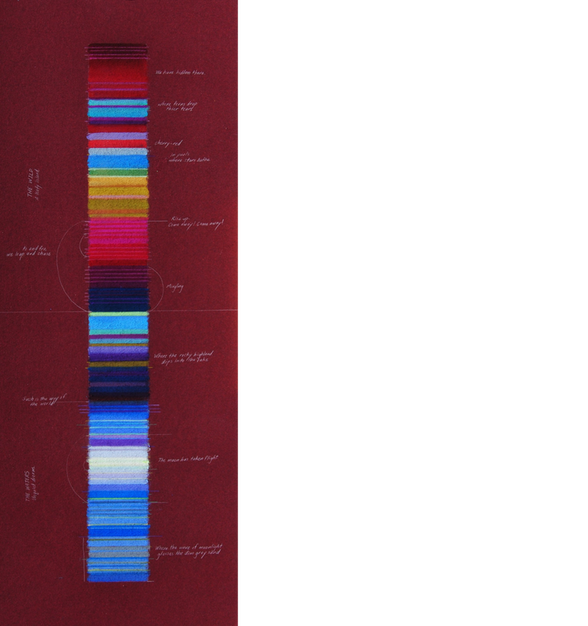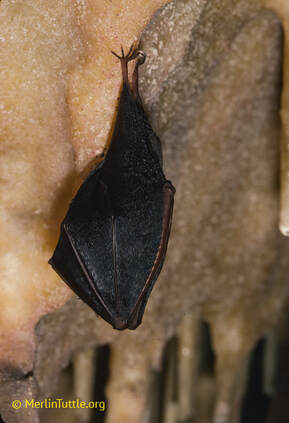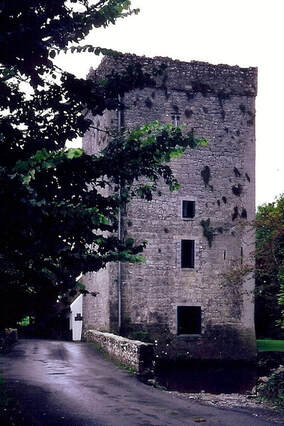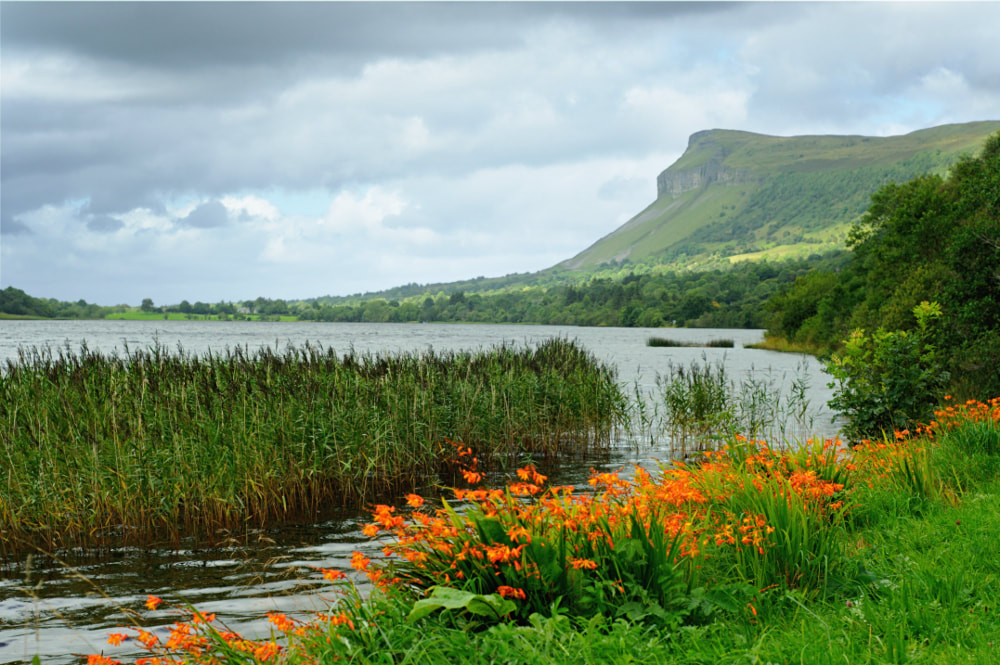The Waters and the Wild
Bats seem to live between worlds - earth and sky, night and day, natural and supernatural. This has put them at the forefront of folklore, myth, and magic all around the world.
The inspiration for The Waters and the Wild was an article in the New York Times reporting that Thoor Ballylee, the tower once owned by the poet William Butler Yeats, is home to roost of Lesser Horseshoe bats. These bats are found only in several counties in Ireland, likely due to the warming effect of the Gulf Stream which shelters the island from extremes in temperature. Lesser Horseshoe bats are threatened with extinction, so the population at Thoor Ballylee is valued and protected. The Vincent Wildlife Trust safeguards Lesser Horseshoe Bats in Ireland.
Yeats is known for his poems about Irish folklore and mythology. His poem The Stolen Child is a song, or chant, in which faeries call to a human child to come join them in the wild. Like the faeries Yeats describes, bats are most often spotted when they emerge at dusk, flying out to steal choice fruit from orchards. The Waters and the Wild uses Yeat's famous poem The Stolen Child to compare bats to the faeries. When you answer the call of the faeries you are bound to them forever.
|
The Waters and the Wild is one of three based on the harmony and melody in Eddie Vedder's song Rise. It contains some of Vedder's lyrics, along with excerpts from Yeat's poem The Stolen Child.
|
Excerpts from The Stolen Child |
Lyrics to Rise |



